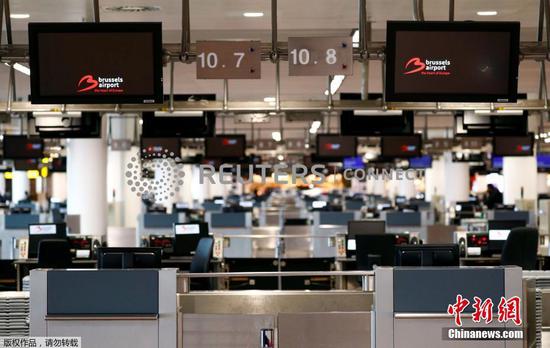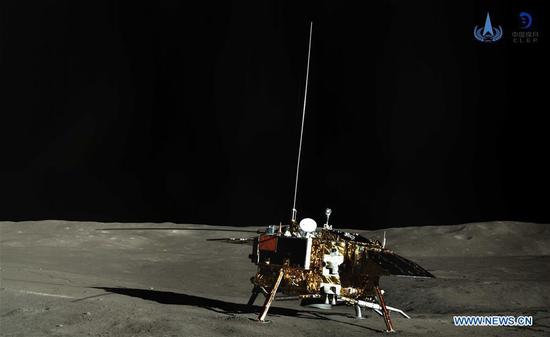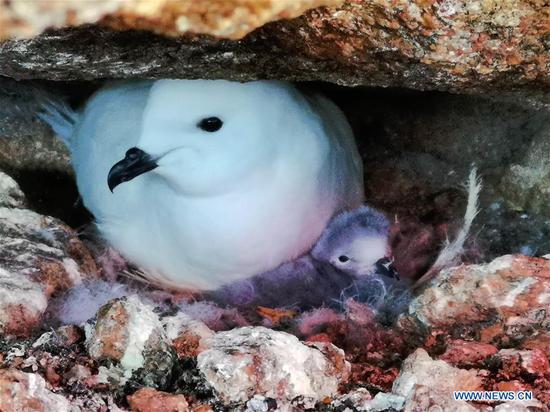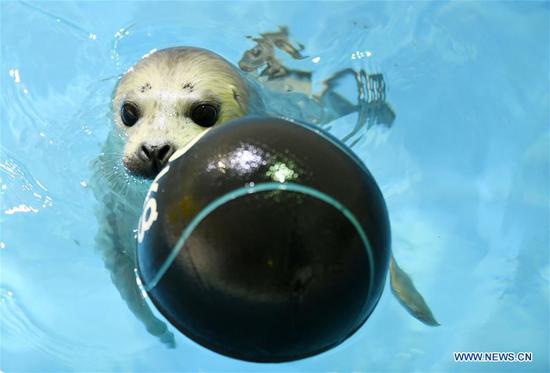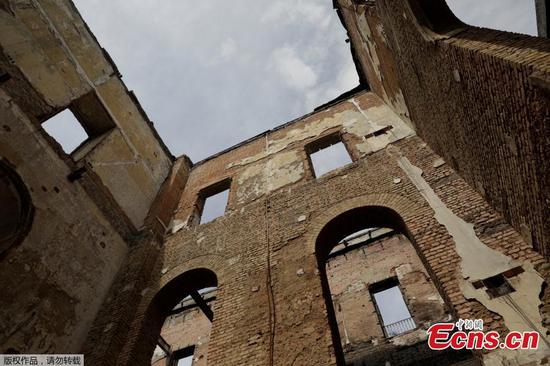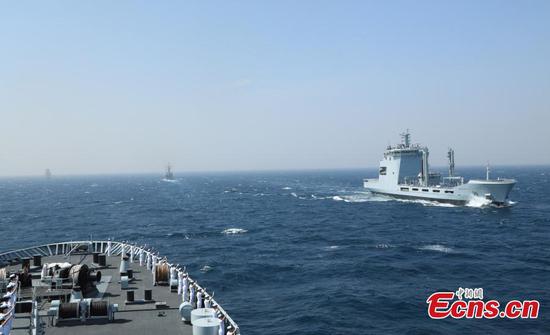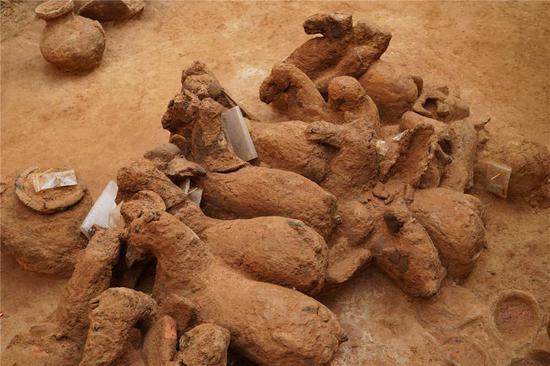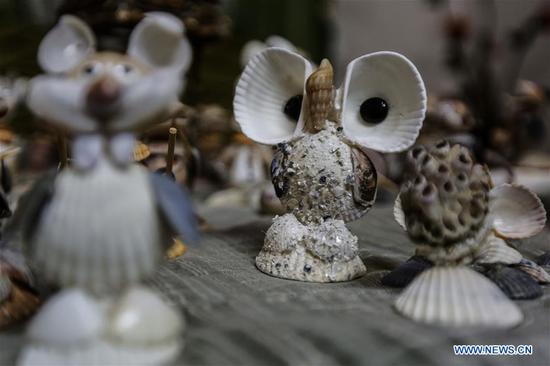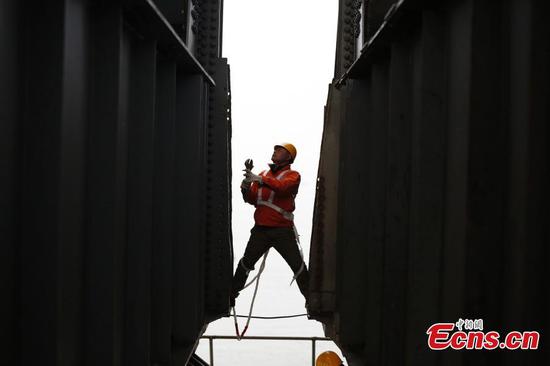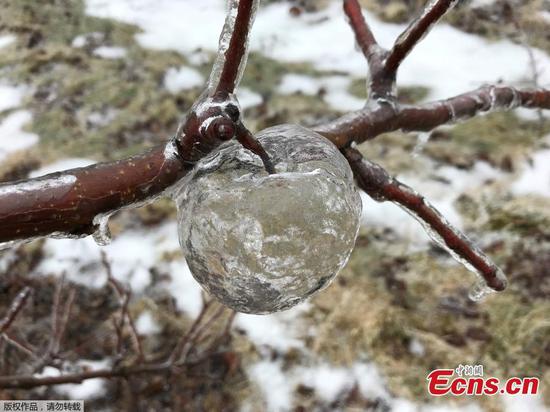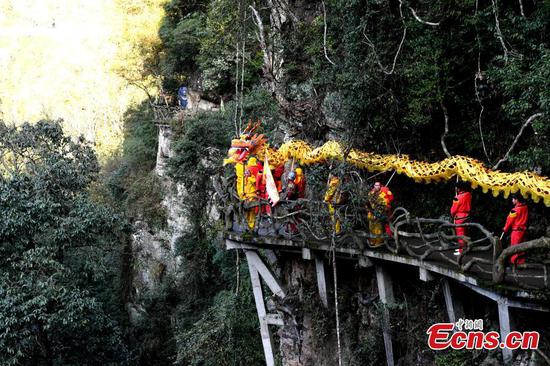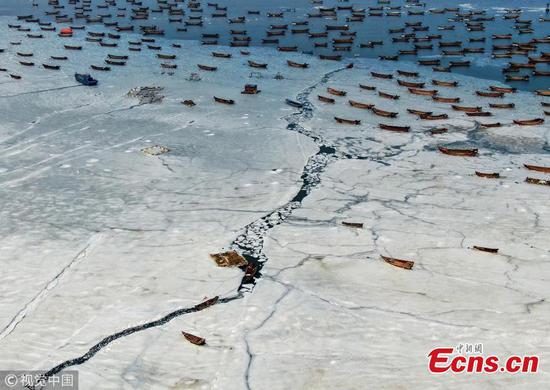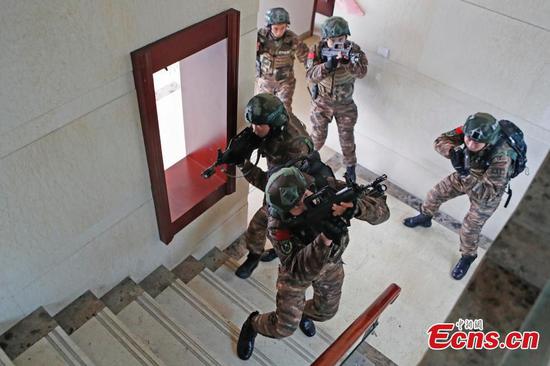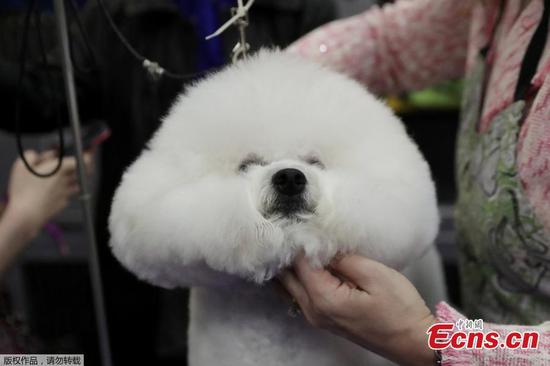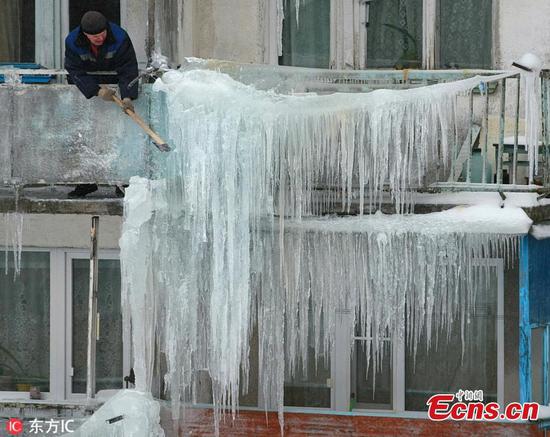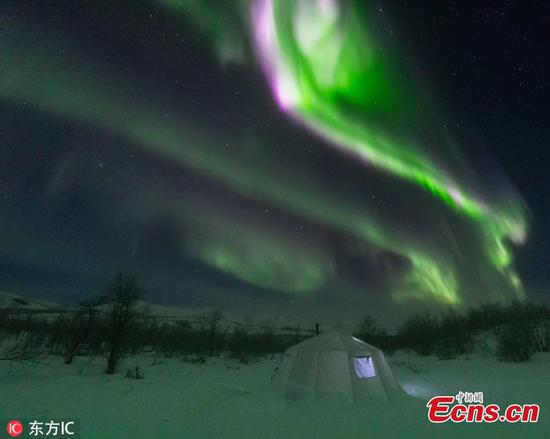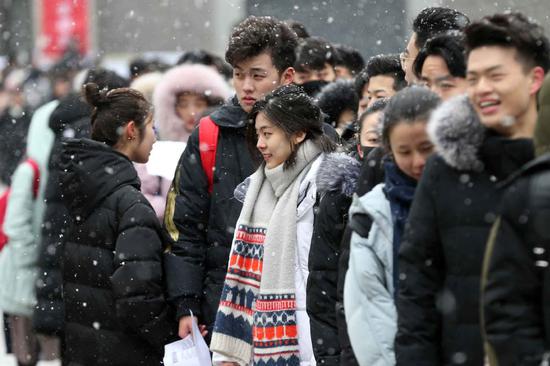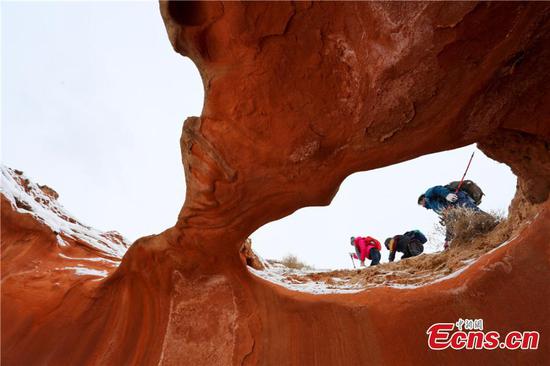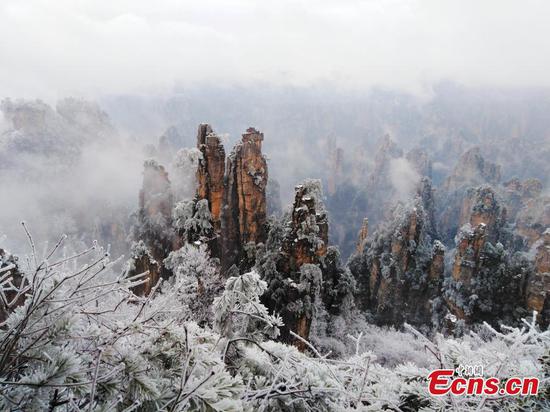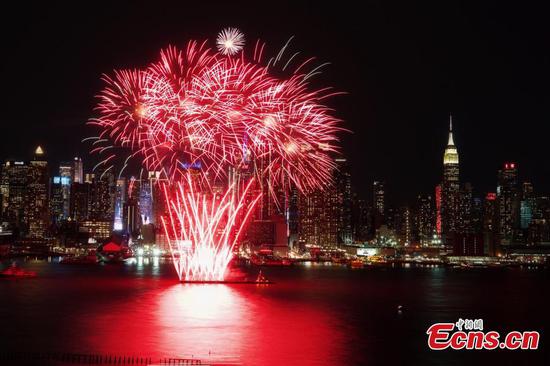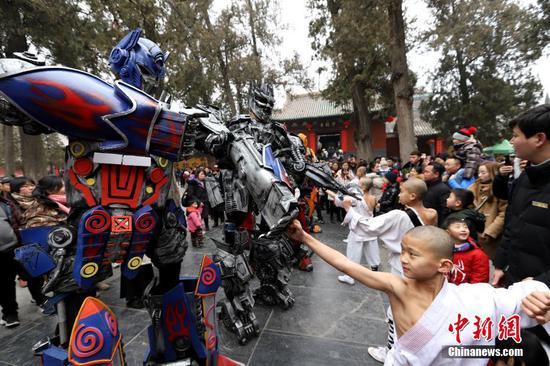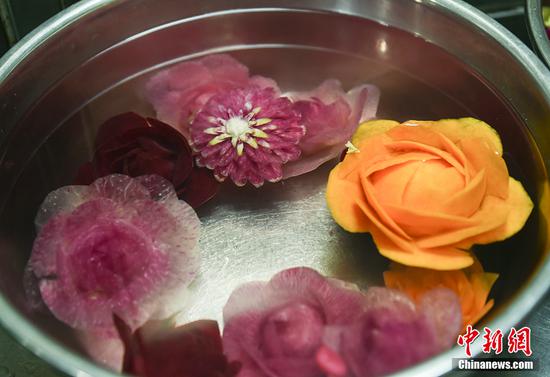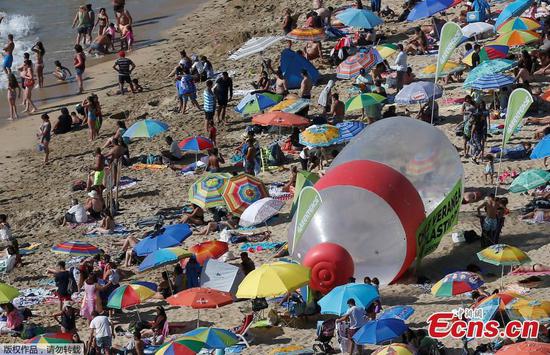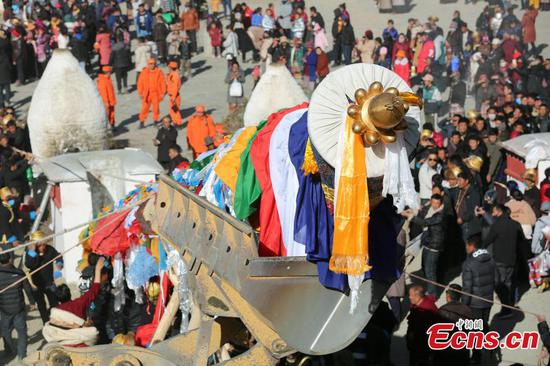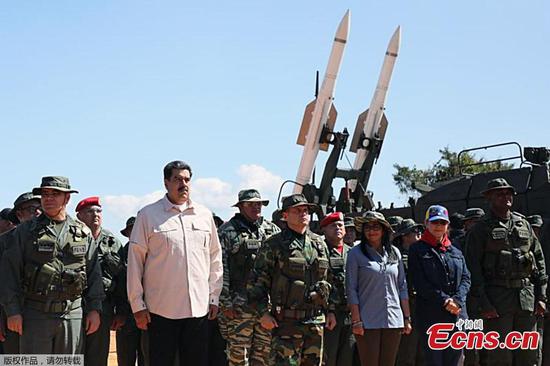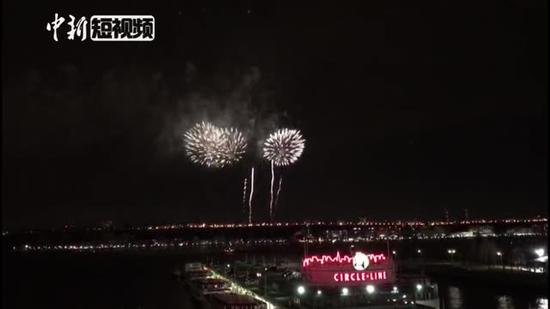
U.S. Army veteran Mark Wing, then and now.
There were only 78,000 Chinese Americans living on the United States mainland at the start of World War II. Despite anti-Chinese discrimination at the time, 20,000 Chinese Americans served in the Armed Forces.
In New York City alone, 40 percent of all Chinese Americans between ages 18 and 36 enlisted or were drafted — the highest ratio among any national grouping in the country.
Of the total serving, approximately 25 percent served in the U.S. Army Air Force, with some sent to the China-Burma-India Theater with the 14th Air Service Group; the remainder of Chinese Americans who served in World War II served in all branches of the Armed Forces in all four theaters of war.
With his blue Hawaiian shirt and modest smile, Wing Mark is a slight gentleman whose demeanor makes it more surprising to find out that he witnessed the ravages of World War II while serving in a U.S. Army tank battalion in the European Theater.
"The principal called an assembly, and they showed a video of President Roosevelt declaring war on Japan (after the 1941 attack on Pearl Harbor). It made quite an impression on me. I was probably too young to make any decisions about the war. I just go where they want me to go," said Mark, 94.
"When I finished high school, I was 18, and I got drafted," Mark told China Daily during a trip to Seattle to visit relatives.
He was born and raised in his grandfather's importing/exporting carrier shop in downtown Seattle and spent much of his childhood in the store.
Mark entered the Army in 1943, first serving at Fort Lewis in Washington state, and then headed to Texas for infantry training at Camp Fannin.
"At the end of the session, I passed a test, and I was qualified for the Army Specialized Training Program (ASTP). So I went to a three-month training," he said.
The ASTP was instituted during World War II to meet wartime demands both for junior officers and technical engineers.
Mark stayed in the program until June 1944, when General Dwight D. Eisenhower, supreme commander of Allied forces in Western Europe during World War II, led the massive invasion of Nazi-occupied Europe through France on June 6.
"People finished the four-year course and became officers. At that time, Eisenhower needed more reinforcement, (and) the ASTP was shut down," Mark said.
When Mark joined the Eighth Armored Division in Fort Polk in Louisiana, he was the only Chinese American out of 10,000 troops in the division.
Mark was sent to Camp Kilmer in New Jersey before embarking for Europe, where he arrived in Bristol, England. He then sailed across the English Channel to France to prepare for the invasion of Europe.
"When we arrived in France, 5 January 1945, at Le Havre, we needed to climb down the rope ladders. It was about two stories high, and we had all our belongings, over 50 pounds. The ship could get close to the shore, but all the docks were destroyed," Mark recalled.
The Eighth Division was reinforcing General George S. Patton's Third Army in mid-January 1945 and raced 350 miles (560 km) across France through heavy snow and ice to Pont-à-Mousson, to help stem the German drive for Strasbourg, France.
The division also was known as the "Thundering Herd" and was assigned the call-sign "Tornado".
A detachment of the 88th Armored Cavalry saw the division's first combat action – a reconnaissance mission for the best route to engage the enemy. The division, finding the enemy already halted and beginning to fall back, took part in the Third Army drive against the Moselle-Saar salient.
"Our job was to go out first before the division, to find the enemy. The lead vehicles were the jeeps. We (tanks) followed the jeeps and (provided cover) for the jeeps," Mark said.
He said that a Bible he carried in his chest pocket helped him overcome fear.
Mark's division also fought the Germans in Simpelveld, the Netherlands, and in other Dutch cities.
"The Germans heavily defended the west bank of the Rhine River — ‘a door to Germany' — and in the towns, the fighting was street-to-street and house-to-house. We suffered a lot of losses, including tanks," Mark said.
"We were approaching the river, a tank ran over a hidden German mine," he said. "A company of 20 individuals tried to neutralize a German mine; it exploded and killed all of them."
Mark recalled how sad he was when he had to write to his colleague's family about how the soldier was killed in battle.
"The Germans fired bazookas at our tanks, and my buddy happened to be in one of those tanks," he said. "I still remember as I was driving the tank after the battle and seeing the dead bodies lying on both sides … it made me very sad."
Mark made lifelong friends from the ASTP. But they never talk much about what they witnessed during the war when they get together.
"I guess we just want to let the experience of war left behind and don't want to talk much about it," he said.
In March 1945, the Eighth Division successfully crossed the Rhine, encircled approximately 430,000 German soldiers, trapping them in an area that came to be known as the Ruhr Pocket.
Mark's division also earned the nickname "Iron Snake", after a correspondent for Newsweek likened them to a "great ironclad snake" as they crossed the river.
Mark was discharged from the Army in March 1946. He completed college and became an engineer. He now lives with his family in Albany, Oregon.
"After the war, my wife and I toured around Nuremberg in Germany, the city where we had to fight the Nazis. I saw the huge open stadium where Hitler held the Nazi rally became a pile of rubble. For me, that indicated the ending of the war," Mark said.









